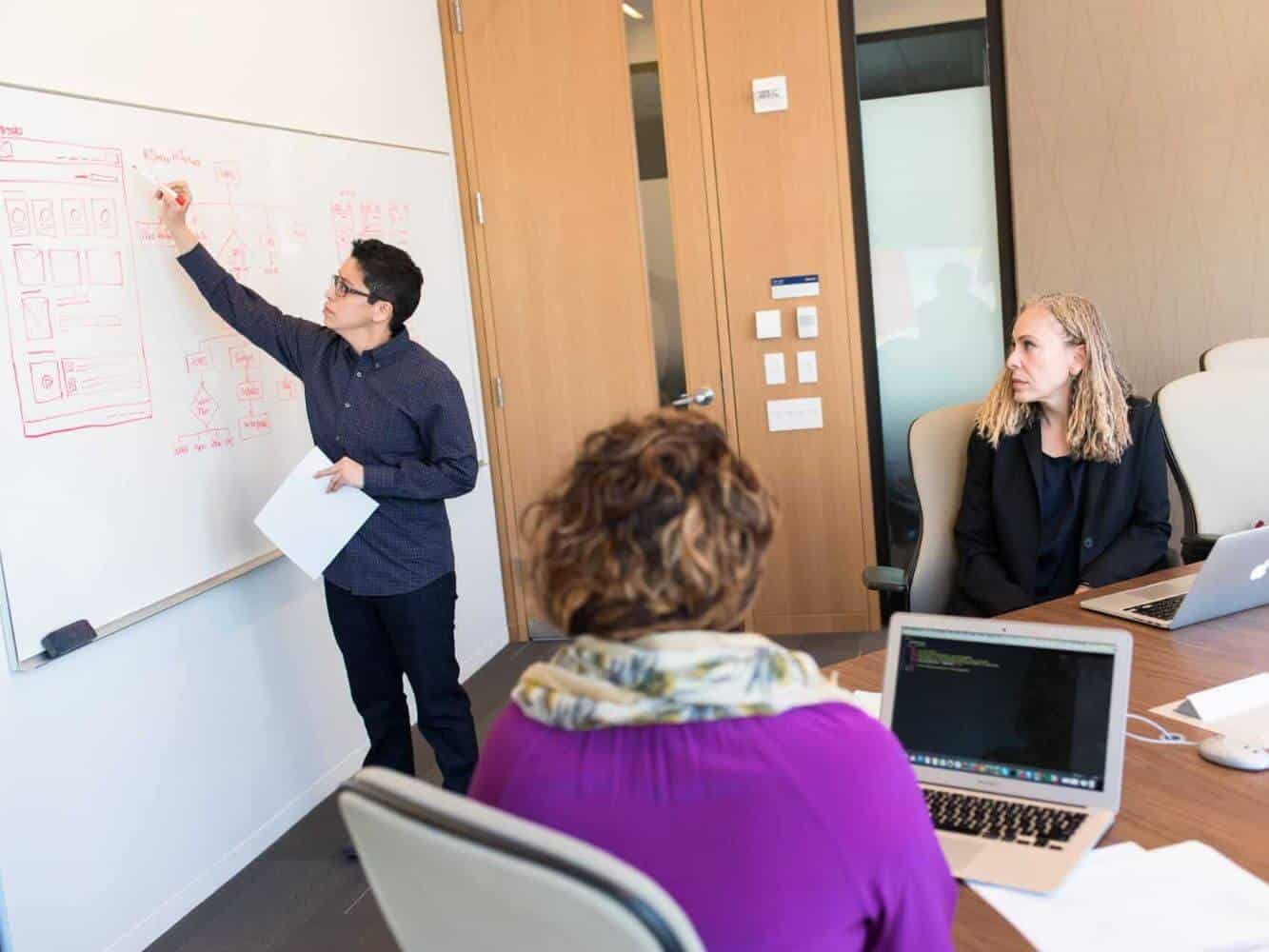Setting the tone and tempo of an employee’s journey inside a firm is largely dependent on how well-run new hire training sessions are. These sessions function as the first point of contact where they learn about the corporate culture, become aware of their position, and acquire necessary skills. To keep participants interested and motivated throughout, successful training sessions need more than simply content presentation—they also involve creativity, engagement, and innovation.
Crafting Compelling Content that Resonates
Designing training materials for new hires must put relevance and resonance first. Make sure that every item of material you provide is relevant to your recruits’ jobs and directly addresses their requirements, difficulties, and aspirations. To ensure that the material is appropriate, start by doing extensive research on the job duties, industry trends, and organizational goals. Include engrossing tales, case studies, and illustrations that bring important ideas to life and establish a connection to the lives of the participants. To improve understanding and engagement, make use of multimedia components like infographics, movies, and interactive presentations. You can grab your audience’s attention right away and establish a solid foundation for their educational journey by creating material that speaks to them.
Captivating Delivery Techniques for Maximum Impact
The efficacy and memory of training material are significantly influenced by how it is delivered. Make use of a range of appealing delivery strategies that encourage various learning modalities to maintain the interest and focus of recruits. To put knowledge in perspective and create emotional connections, think about using narrative approaches. To lighten the atmosphere and create a healthy learning environment, strategically use humor. Additionally, to break up monotony and promote active involvement, use dynamic presenting techniques like gamification, role-playing, and live demonstrations. To keep audiences engaged and accommodate a range of learning styles, don’t forget to alter the delivery’s tempo and structure. You can make sure that your new hire training sessions are memorable and provide significant learning results by developing your art of engaging delivery.
Utilizing Interactive Tools and Technology for Immersive Learning
In the current digital era, there are many opportunities to improve the learning process thanks to interactive tools and technology. Use a variety of interactive tools to build immersive learning environments that actively include users, such as online tests, video production services, collaborative whiteboards, and virtual reality simulations. Make use of learning management systems (LMS) to monitor progress, enable communication amongst students, and efficiently distribute information. Use discussion boards and social learning platforms as additional tools to promote peer cooperation and information exchange. You may fully use the potential of digital learning materials by transforming standard training sessions into dynamic and engaging experiences via the use of interactive tools and technologies.
Fostering Collaboration and Networking Opportunities
Making connections with colleagues and creating a network of support inside the company is one of the most beneficial things that new hire training sessions provide. Include team challenges, peer-to-peer learning activities, and group activities in your training sessions to promote networking and cooperation. In order to foster a feeling of togetherness and community, encourage participants to contribute their knowledge, perspectives, and best practices. In addition, provide social events and networking opportunities for recent recruits to network with coworkers from all departments and organizational levels. You may improve the learning process and create the foundation for future cooperation and better connections by encouraging teamwork and networking opportunities.
Incorporating Real-World Scenarios for Practical Learning
True learning happens in the actual application of knowledge, even if theoretical understanding is necessary. Your training sessions should include case studies, practical exercises, and real-world situations to provide recruits with a simulated environment in which to put their knowledge and abilities to use. Provide plausible scenarios that replicate typical obstacles and circumstances they could face in their positions, giving them the opportunity to hone their critical thinking, problem-solving, and decision-making abilities in a supportive and safe environment. Inspire debate and active engagement from participants by asking them to evaluate issues, come up with solutions, and work together with their peers. You may close the knowledge gap between theory and practice by using real-world situations in your practical learning, giving recruits the skills and self-assurance they need to be successful in their employment.
Conclusion
Organizing training sessions for new hires that they like demands a calculated strategy that prioritizes relevance, engagement, and creativity. This strategy involves creating engaging material, acquiring fascinating distribution methods, using interactive tools and technology, promoting networking and collaboration possibilities, integrating real-world situations, and more. Invest in your training program and profit from a highly motivated and effective staff.




